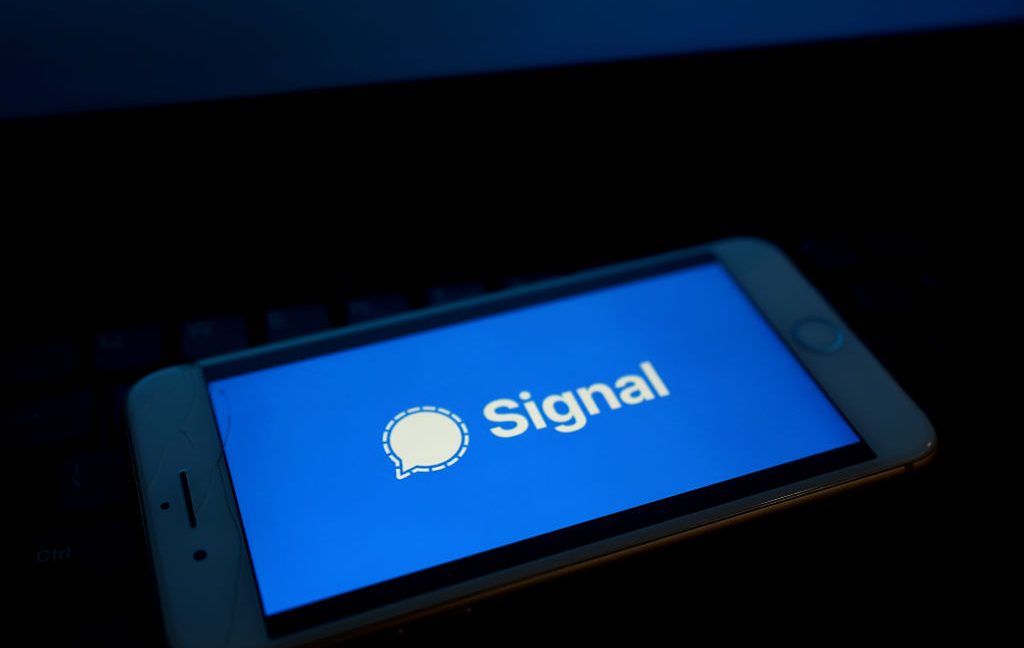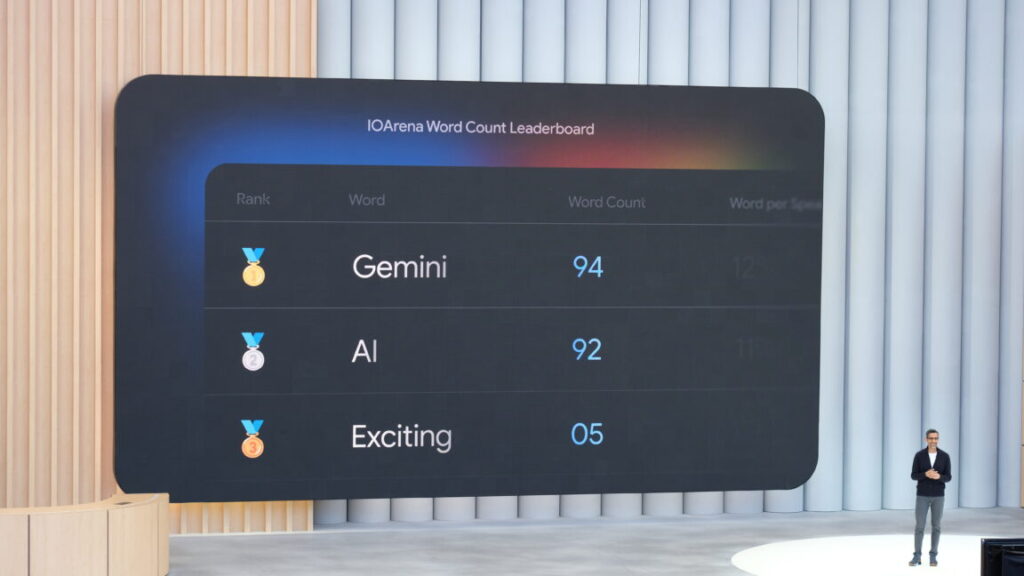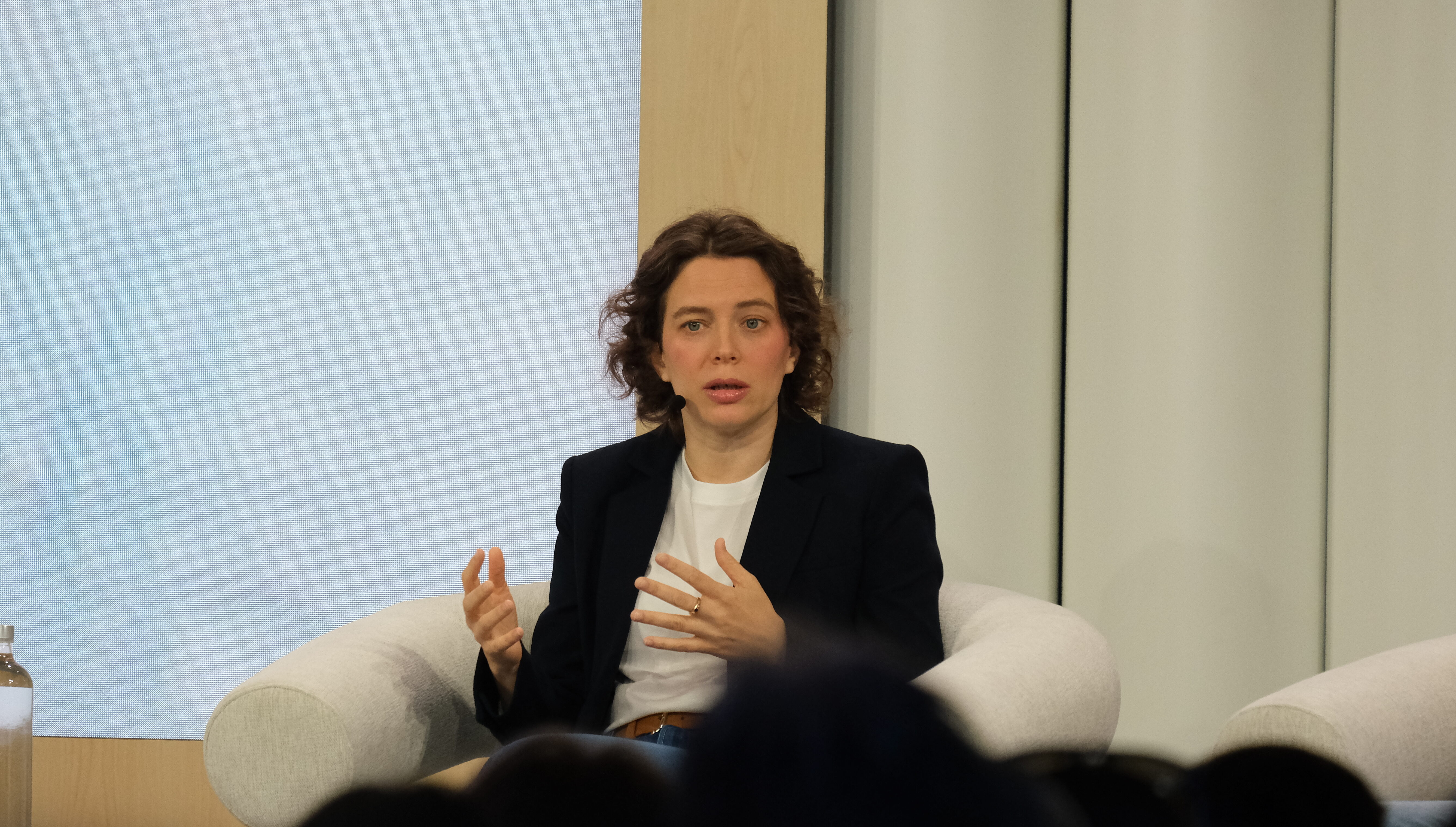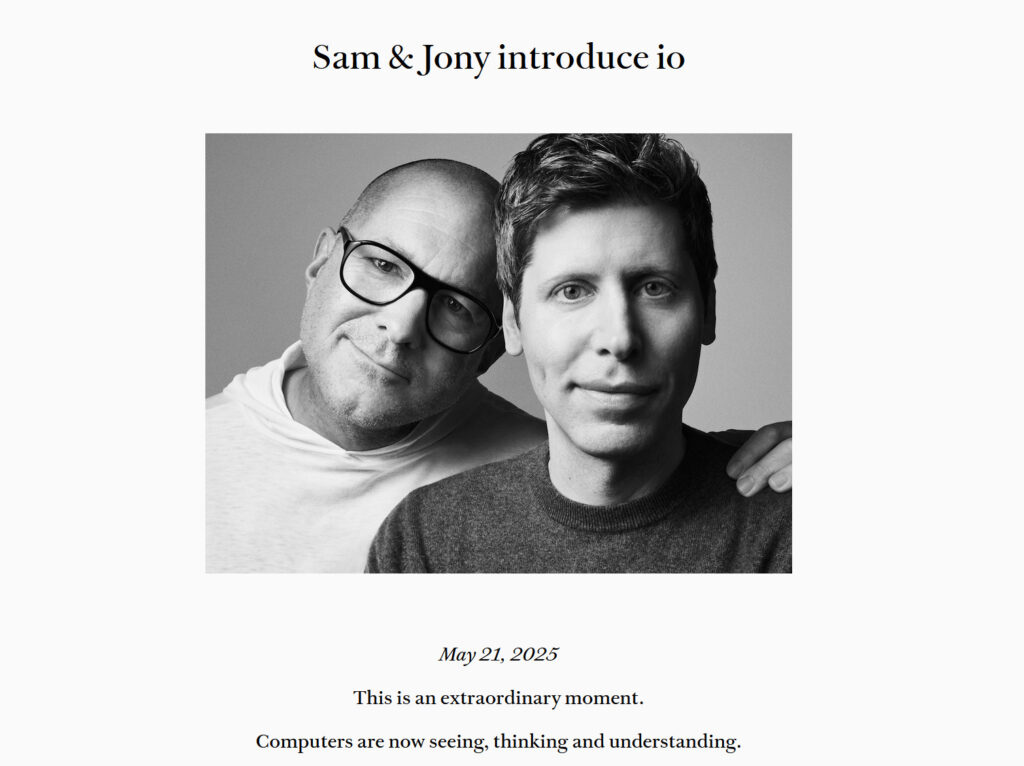Rocket Report: SpaceX’s expansion at Vandenberg; India’s PSLV fails in flight
China’s diversity in rockets was evident this week, with four types of launchers in action.
Dawn Aerospace’s Mk-II Aurora airplane in flight over New Zealand last year. Credit: Dawn Aerospace
Welcome to Edition 7.45 of the Rocket Report! Let’s talk about spaceplanes. Since the Space Shuttle, spaceplanes have, at best, been a niche part of the space transportation business. The US Air Force’s uncrewed X-37B and a similar vehicle operated by China’s military are the only spaceplanes to reach orbit since the last shuttle flight in 2011, and both require a lift from a conventional rocket. Virgin Galactic’s suborbital space tourism platform is also a spaceplane of sorts. A generation or two ago, one of the chief arguments in favor of spaceplanes was that they were easier to recover and reuse. Today, SpaceX routinely reuses capsules and rockets that look much more like conventional space vehicles than the winged designs of yesteryear. Spaceplanes are undeniably alluring in appearance, but they have the drawback of carrying extra weight (wings) into space that won’t be used until the final minutes of a mission. So, do they have a future?
As always, we welcome reader submissions. If you don’t want to miss an issue, please subscribe using the box below (the form will not appear on AMP-enabled versions of the site). Each report will include information on small-, medium-, and heavy-lift rockets, as well as a quick look ahead at the next three launches on the calendar.

One of China’s commercial rockets returns to flight. The Kinetica-1 rocket launched Wednesday for the first time since a failure doomed its previous attempt to reach orbit in December, according to the vehicle’s developer and operator, CAS Space. The Kinetica-1 is one of several small Chinese solid-fueled launch vehicles managed by a commercial company, although with strict government oversight and support. CAS Space, a spinoff of the Chinese Academy of Sciences, said its Kinetica-1 rocket deployed multiple payloads with “excellent orbit insertion accuracy.” This was the seventh flight of a Kinetica-1 rocket since its debut in 2022.
Back in action … “Kinetica-1 is back!” CAS Space posted on X. “Mission Y7 has just successfully sent six satellites into designated orbits, making a total of 63 satellites or 6 tons of payloads since its debut. Lots of missions are planned for the coming months. 2025 is going to be awesome.” The Kinetica-1 is designed to place up to 2 metric tons of payload into low-Earth orbit. A larger liquid-fueled rocket, Kinetica-2, is scheduled to debut later this year.
The easiest way to keep up with Eric Berger’s and Stephen Clark’s reporting on all things space is to sign up for our newsletter. We’ll collect their stories and deliver them straight to your inbox.
French government backs a spaceplane startup. French spaceplane startup AndroMach announced May 15 that it received a contract from CNES, the French space agency, to begin testing an early prototype of its Banger v1 rocket engine, European Spaceflight reports. Founded in 2023, AndroMach is developing a pair of spaceplanes that will be used to perform suborbital and orbital missions to space. A suborbital spaceplane will utilize turbojet engines for horizontal takeoff and landing, and a pressure-fed biopropane/liquid oxygen rocket engine to reach space. Test flights of this smaller vehicle will begin in early 2027.
A risky proposition … A larger ÉTOILE “orbital shuttle” is designed to be launched by various small launch vehicles and will be capable of carrying payloads of up to 100 kilograms (220 pounds). According to the company, initial test flights of ÉTOILE are expected to begin at the beginning of the next decade. It’s unclear how much CNES is committing to AndroMach through this contract, but the company says the funding will support testing of an early demonstrator for its propane-fueled engine, with a focus on evaluating its thermodynamic performance. It’s good to see European governments supporting developments in commercial space, but the path to a small commercial orbital spaceplane is rife with risk. (submitted by EllPeaTea)
Dawn Aerospace is taking orders. Another spaceplane company in a more advanced stage of development says it is now taking customer orders for flights to the edge of space. New Zealand-based Dawn Aerospace said it is beginning to take orders for its remotely piloted, rocket-powered suborbital spaceplane, known as Aurora, with first deliveries expected in 2027, Aviation Week & Space Technology reports. “This marks a historic milestone: the first time a space-capable vehicle—designed to fly beyond the Kármán line (100 kilometers or 328,000 feet)—has been offered for direct sale to customers,” Dawn Aerospace said in a statement. While it hasn’t yet reached space, Dawn’s Aurora spaceplane flew to supersonic speed for the first time last year and climbed to an altitude of 82,500 feet (25.1 kilometers), setting a record for the fastest climb from a runway to 20 kilometers.
Further along … Aurora is small in stature, measuring just 15.7 feet (4.8 meters) long. It’s designed to loft a payload of up to 22 pounds (10 kilograms) above the Kármán line for up to three minutes of microgravity, before returning to a runway landing. Eventually, Dawn wants to reduce the turnaround time between Aurora flights to less than four hours. “Aurora is set to become the fastest and highest-flying aircraft ever to take off from a conventional runway, blending the extreme performance of rocket propulsion with the reusability and operational simplicity of traditional aviation,” Dawn said. The company’s business model is akin to commercial airlines, where operators can purchase an aircraft directly from a manufacturer and manage their own operations. (submitted by EllPeaTea)

India’s workhorse rocket falls short of orbit. In a rare setback, Indian Space Research Organisation’s (ISRO) launch vehicle PSLV-C61 malfunctioned and failed to place a surveillance satellite into the intended orbit last weekend, the Times of India reported. The Polar Satellite Launch Vehicle lifted off from a launch pad on the southeastern coast of India early Sunday, local time, with a radar reconnaissance satellite named EOS-09, or RISAT-1B. The satellite was likely intended to gather intelligence for the Indian military. “The country’s military space capabilities, already hindered by developmental challenges, have suffered another setback with the loss of a potential strategic asset,” the Times of India wrote.
What happened? … V. Narayanan, ISRO’s chairman, later said that the rocket’s performance was normal until the third stage. The PSLV’s third stage, powered by a solid rocket motor, suffered a “fall in chamber pressure” and the mission could not be accomplished, Narayanan said. Investigators are probing the root cause of the failure. Telemetry data indicated the rocket deviated from its planned flight path around six minutes after launch, when it was traveling more than 12,600 mph (5.66 kilometers per second), well short of the speed it needed to reach orbital velocity. The rocket and its payload fell into the Indian Ocean south of the launch site. This was the first PSLV launch failure in eight years, ending a streak of 21 consecutive successful flights. (submitted by EllPeaTea)
SES makes a booking with Impulse Space. SES, owner of the world’s largest fleet of geostationary satellites, plans to use Impulse Space’s Helios kick stage to take advantage of lower-cost, low-Earth-orbit (LEO) launch vehicles and get its satellites quickly into higher orbits, Aviation Week & Space Technology reports. SES hopes the combination will break a traditional launch conundrum for operators of medium-Earth-orbit (MEO) and geostationary orbit (GEO). These operators often must make a trade-off between a lower-cost launch that puts them farther from their satellite’s final orbit, or a more expensive launch that can expedite their satellite’s entry into service.
A matter of hours … On Thursday, SES and Impulse Space announced a multi-launch agreement to use the methane-fueled Helios kick stage. “The first mission, currently planned for 2027, will feature a dedicated deployment from a medium-lift launcher in LEO, followed by Helios transferring the 4-ton-class payload directly to GEO within eight hours of launch,” Impulse said in a statement. Typically, this transit to GEO takes several weeks to several months, depending on the satellite’s propulsion system. “Today, we’re not only partnering with Impulse to bring our satellites faster to orbit, but this will also allow us to extend their lifetime and accelerate service delivery to our customers,” said Adel Al-Saleh, CEO of SES. “We’re proud to become Helios’ first dedicated commercial mission.”
Unpacking China’s spaceflight patches. There’s a fascinating set of new patches Chinese officials released for a series of launches with top-secret satellites over the last two months, Ars reports. These four patches depict Buddhist gods with a sense of artistry and sharp colors that stand apart from China’s previous spaceflight emblems, and perhaps—or perhaps not—they can tell us something about the nature of the missions they represent. The missions launched so-called TJS satellites toward geostationary orbit, where they most likely will perform missions in surveillance, signals intelligence, or missile warning.
Making connections … It’s not difficult to start making connections between the Four Heavenly Gods and the missions that China’s TJS satellites likely carry out in space. A protector with an umbrella? An all-seeing entity? This sounds like a possible link to spy craft or missile warning, but there’s a chance Chinese officials approved the patches to misdirect outside observers, or there’s no connection at all.
China aims for an asteroid. China is set to launch its second Tianwen deep space exploration mission late May, targeting both a near-Earth asteroid and a main belt comet, Space News reports. The robotic Tianwen-2 spacecraft is being integrated with a Long March 3B rocket at the Xichang Satellite Launch Center in southwest China, the country’s top state-owned aerospace contractor said. Airspace closure notices indicate a four-hour-long launch window opening at noon EDT (16: 00–20: 00 UTC) on May 28. Backup launch windows are scheduled for May 29 and 30.
New frontiers … Tianwen-2’s first goal is to collect samples from a near-Earth asteroid designated 469219 Kamoʻoalewa, or 2016 HO3, and return them to Earth in late 2027 with a reentry module. The Tianwen-2 mothership will then set a course toward a comet for a secondary mission. This will be China’s first sample return mission from beyond the Moon. The asteroid selected as the target for Tianwen-2 is believed by scientists to be less than 100 meters, or 330 feet, in diameter, and may be made of material thrown off the Moon some time in its ancient past. Results from Tianwen-2 may confirm that hypothesis. (submitted by EllPeaTea)
Upgraded methalox rocket flies from Jiuquan. Another one of China’s privately funded launch companies achieved a milestone this week. Landspace launched an upgraded version of its Zhuque-2E rocket Saturday from the Jiuquan launch base in northwestern China, Space News reports. The rocket delivered six satellites to orbit for a range of remote sensing, Earth observation, and technology demonstration missions. The Zhuque-2E is an improved version of the Zhuque-2, which became the first liquid methane-fueled rocket in the world to reach orbit in 2023.
Larger envelope … This was the second flight of the Zhuque-2E rocket design, but the first to utilize a wider payload fairing to provide more volume for satellites on their ride into space. The Zhuque-2E is a stepping stone toward a much larger rocket Landspace is developing called the Zhuque-3, a stainless steel launcher with a reusable first stage booster that, at least outwardly, bears some similarities to SpaceX’s Falcon 9. (submitted by EllPeaTea)

FAA clears SpaceX for Starship Flight 9. The Federal Aviation Administration gave the green light Thursday for SpaceX to launch the next test flight of its Starship mega-rocket as soon as next week, following two consecutive failures earlier this year, Ars reports. The failures set back SpaceX’s Starship program by several months. The company aims to get the rocket’s development back on track with the upcoming launch, Starship’s ninth full-scale test flight since its debut in April 2023. Starship is central to SpaceX’s long-held ambition to send humans to Mars and is the vehicle NASA has selected to land astronauts on the Moon under the umbrella of the government’s Artemis program.
Targeting Tuesday, for now … In a statement Thursday, the FAA said SpaceX is authorized to launch the next Starship test flight, known as Flight 9, after finding the company “meets all of the rigorous safety, environmental and other licensing requirements.” SpaceX has not confirmed a target launch date for the next launch of Starship, but warning notices for pilots and mariners to steer clear of hazard areas in the Gulf of Mexico suggest the flight might happen as soon as the evening of Tuesday, May 27. The rocket will lift off from Starbase, Texas, SpaceX’s privately owned spaceport near the US-Mexico border. The FAA’s approval comes with some stipulations, including that the launch must occur during “non-peak” times for air traffic and a larger closure of airspace downrange from Starbase.
Space Force is fed up with Vulcan delays. In recent written testimony to a US House of Representatives subcommittee that oversees the military, the senior official responsible for purchasing launches for national security missions blistered one of the country’s two primary rocket providers, Ars reports. The remarks from Major General Stephen G. Purdy, acting assistant secretary of the Air Force for Space Acquisition and Integration, concerned United Launch Alliance and its long-delayed development of the large Vulcan rocket. “The ULA Vulcan program has performed unsatisfactorily this past year,” Purdy said in written testimony during a May 14 hearing before the House Armed Services Committee’s Subcommittee on Strategic Forces. This portion of his testimony did not come up during the hearing, and it has not been reported publicly to date.
Repairing trust … “Major issues with the Vulcan have overshadowed its successful certification resulting in delays to the launch of four national security missions,” Purdy wrote. “Despite the retirement of highly successful Atlas and Delta launch vehicles, the transition to Vulcan has been slow and continues to impact the completion of Space Force mission objectives.” It has widely been known in the space community that military officials, who supported Vulcan with development contracts for the rocket and its engines that exceeded $1 billion, have been unhappy with the pace of the rocket’s development. It was originally due to launch in 2020. At the end of his written testimony, Purdy emphasized that he expected ULA to do better. As part of his job as the Service Acquisition Executive for Space (SAE), Purdy noted that he has been tasked to transform space acquisition and to become more innovative. “For these programs, the prime contractors must re-establish baselines, establish a culture of accountability, and repair trust deficit to prove to the SAE that they are adopting the acquisition principles necessary to deliver capabilities at speed, on cost and on schedule.”
SpaceX’s growth on the West Coast. SpaceX is moving ahead with expansion plans at Vandenberg Space Force Base, California, that will double its West Coast launch cadence and enable Falcon Heavy rockets to fly from California, Spaceflight Now reports. Last week, the Department of the Air Force issued its Draft Environmental Impact Statement (EIS), which considers proposed modifications from SpaceX to Space Launch Complex 6 (SLC-6) at Vandenberg. These modifications will include changes to support launches of Falcon 9 and Falcon Heavy rockets, the construction of two new landing pads for Falcon boosters adjacent to SLC-6, the demolition of unneeded structures at SLC-6, and increasing SpaceX’s permitted launch cadence from Vandenberg from 50 launches to 100.
Doubling the fun … The transformation of SLC-6 would include quite a bit of overhaul. Its most recent tenant, United Launch Alliance, previously used it for Delta IV rockets from 2006 through its final launch in September 2022. The following year, the Space Force handed over the launch pad to SpaceX, which lacked a pad at Vandenberg capable of supporting Falcon Heavy missions. The estimated launch cadence between SpaceX’s existing Falcon 9 pad at Vandenberg, known as SLC-4E, and SLC-6 would be a 70-11 split for Falcon 9 rockets in 2026, with one Falcon Heavy at SLC-6, for a total of 82 launches. That would increase to a 70-25 Falcon 9 split in 2027 and 2028, with an estimated five Falcon Heavy launches in each of those years. (submitted by EllPeaTea)
Next three launches
May 23: Falcon 9 | Starlink 11-16 | Vandenberg Space Force Base, California | 20: 36 UTC
May 24: Falcon 9 | Starlink 12-22 | Cape Canaveral Space Force Station, Florida | 17: 19 UTC
May 27: Falcon 9 | Starlink 17-1 | Vandenberg Space Force Base, California | 16: 14 UTC

Rocket Report: SpaceX’s expansion at Vandenberg; India’s PSLV fails in flight Read More »



















